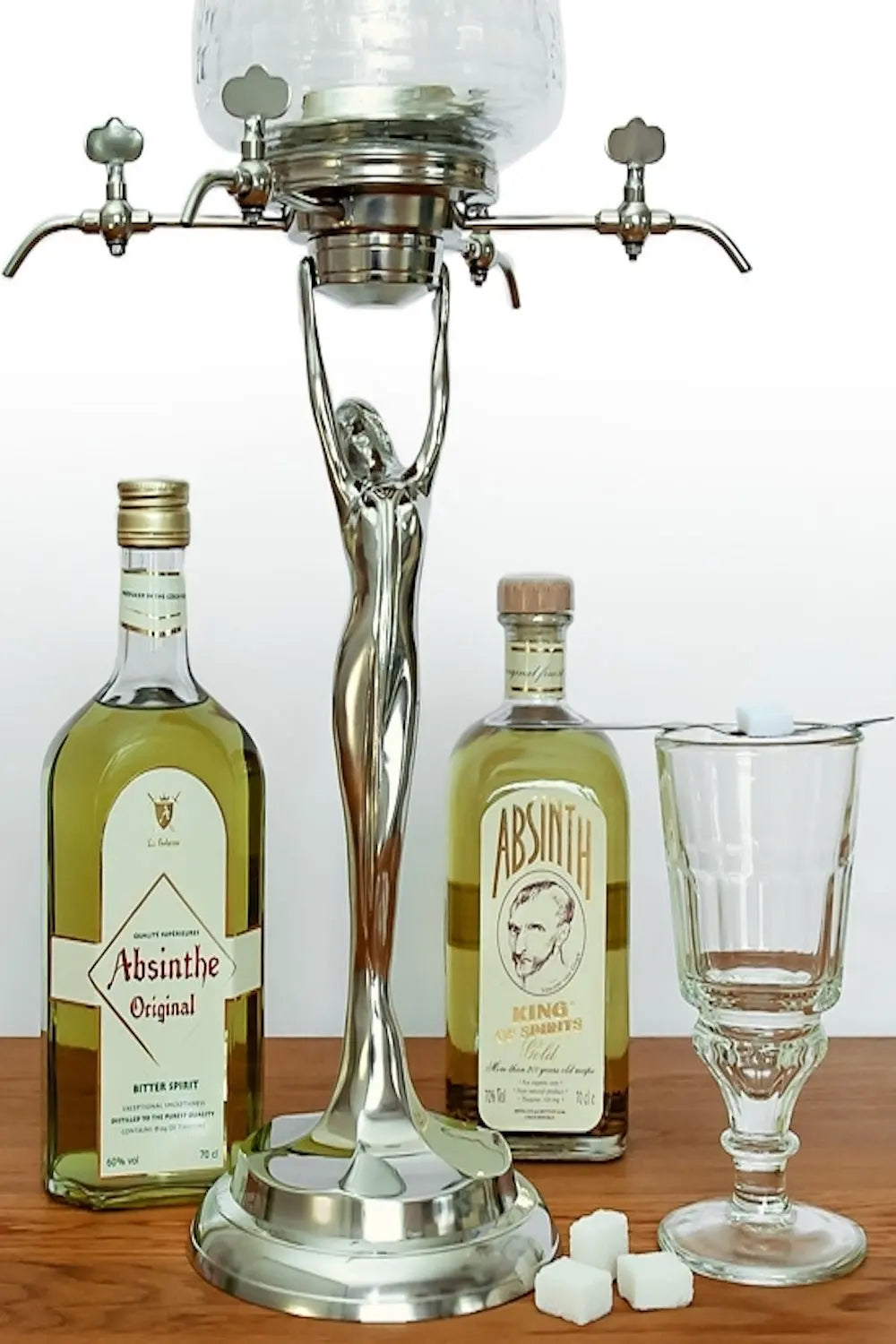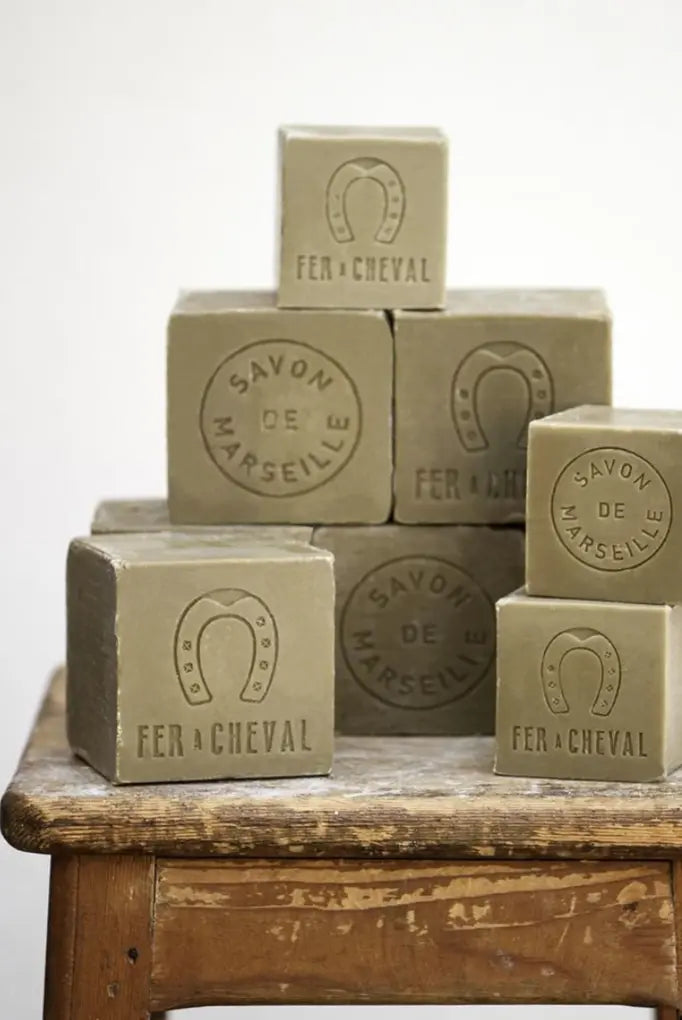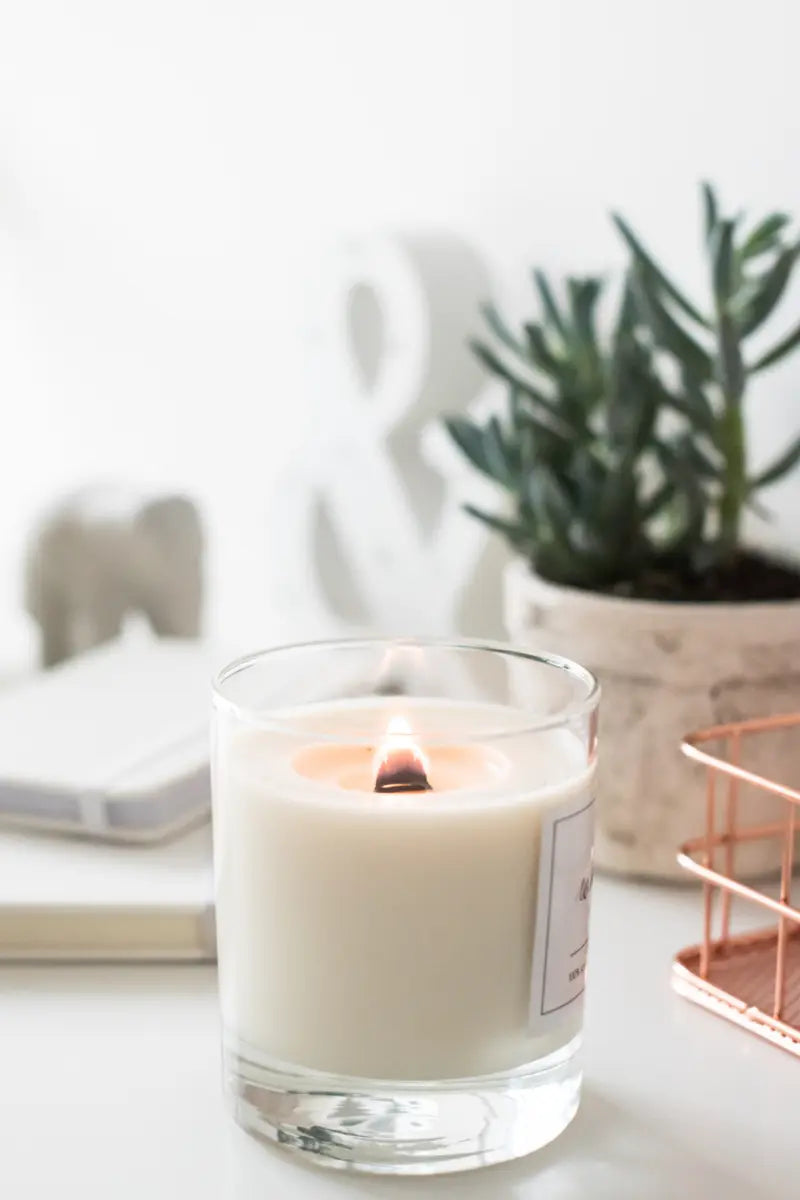If you have ever been in our shop, you will no doubt notice the distinct French influence and the eclectic blend of old and new. We love following the road less travelled, always on the lookout for interesting, beautiful things. Our adventure with Absinthe all started with our ever popular French match strikes and authentic marble bistro tables - and has become a wonderful combination of fascinating history, beautiful accoutrements and learning rituals from the past. In French, of course.
If you've never heard of absinthe, that's not surprising - it was banned in most of Europe and the United States for almost 100 years. Why? It seems it developed a bit of a bad reputation and many thought it to be toxic. With those myths now de-bunked, absinthe is seeing renewed interest and we love the history and ritual we've discovered around enjoying this spirit.
What is Absinthe and Why Does It Need A Fountain?
Absinthe is a high alcohol spirit derived from botanicals and herbs that was hugely popular in the late 19th and early 20th centuries. It's readily available at your local LCBO and produced by many different distilleries. And that's really where we start... the art and beauty of absinthe is in the preparation of the drink.
An absinthe fountain, contrary to what one might think, is not for dispensing absinthe, but rather for dispensing water. Absinthe is rarely drunk neat, and an absinthe fountain is one of the most beautiful ways we've ever seen used to deliver the required amount of ice-cold water into the glass.
Absinthe fountains typically sat on bistro tables where customers would prepare their own drink to their preference (kind of like fixing your own coffee!). They were, and continue to be, the preferred way of preparing an absinthe as one can perfectly control the rate of water used.
Our stunningly beautiful traditional fountains are exact reproductions of late 19th century absinthe fountains originally found in France.
What Else Do We Love About Absinthe?
Our absinthe glasses are also exact replicas of the original antiques. What makes absinthe glasses so unique is their reservoir which indicated the amount to be poured by the bartender. Reservoirs vary greatly by the glass, as size is dependent on one's preferred water-to-absinthe ratio, which is typically 3 to 5 parts water to 1 part absinthe.
Absinthe spoons! Originally found in the late 19th century and used in the preparation of a traditional French or Swiss absinthe, these spoons are intended to hold a piece of sugar so that cold water can be dripped from a fountain (or slowly poured) on to the sugar and the mixture can fall into a glass of absinthe. This slow drip of cold sugar water releases the oils and perfumes of the botanicals and herbs in the absinthe. The absinthe begins to turn a milky white in colour, referred to as "louche" (cloudy in French).
From fountains to bistro carafes, brouilleurs, saucers, wrapped sugar cubes and tongs - even the sugar dish - the ritual of preparing authentic absinthe encourages spending time with friends, slowing down and truly taking the time to enjoy life. And that's one treasure we can never get enough of.
Stop by to visit us in shop to learn more about these beautiful decorative accessories and see our reproduction absinthe fountain in the window!



